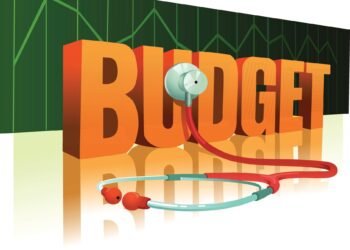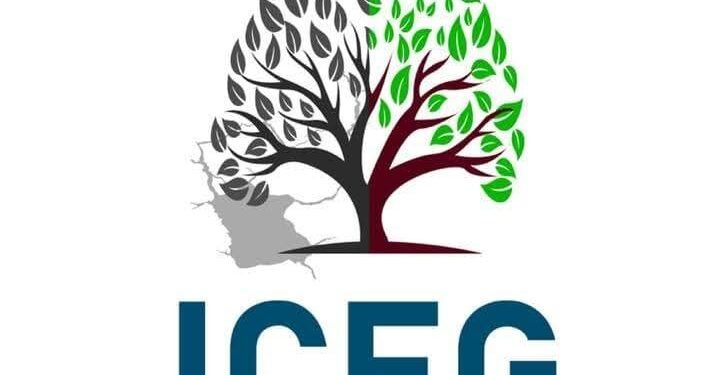Ghana is likely to experience an uneven recovery as some sectors have been severely impacted by the pandemic than others. The government must, therefore, focus its policies on sectors that are still vulnerable. The COVID-19 has increased the risk of inequality in the world. For instance, the UN chief, António Guterres has stated that the COVID-19 has exposed endemic gender inequality. It has also widened the income gap between the poor and non-poor in most countries.
Juxtaposing this to the Ghanaian context, some sectors may lag in the recovery process due to the extent of damages they experienced. As such, the government must not lose sight of sectorial inequality. There are already inequalities in business growth, where most of the smaller companies are still struggling to survive.
The COVID-19 Business Tracker Survey by the Ghana Statistical Service (GSS) found that nearly 26% of the total workforce had their wages reduced. Also, the survey revealed that the partial lockdown last year, resulted in the laying off of about 42,000 employees. The pandemic also led to a reduction in working hours for close to 700,000 workers.
Undoubtedly, a year of the lockdown, some of the people who lost their jobs are yet to get gainful employment. Therefore, without targeted interventions, the country’s recovery may not be even. This will further worsen already high disparities in living conditions in the country.
Luckily, the economy has begun to pick up since the second quarter of 2020. As such, the economy, according to the Bank of Ghana, was recovering faster than the bank’s expectations. Growth averaged 0.2 percent for the first three quarters of last year. Also, chances are high that the country may attain the projected 0.9 percent growth forecast for 2020.
Vaccination Exercise
Moreover, the recent vaccination exercise has brought some optimism of a faster recovery in 2021. The Bank of Ghana has forecast 5 percent growth for Ghana in 2021. Yet, the recovery may not be even as some sectors have been severely impacted by the pandemic than others.
Last year, Agriculture Sector grew at an average of 4.5 percent in the first three quarters, followed by the Services Sector at 1.9 percent. Conversely, the Industry Sector contracted by 3.1 percent over the period. Even within the major sectors, some sub-sectors have been negatively impacted. As such, the policies should target sub-sectors that were heavily impacted even though the overall sectorial performance may look good.
The hospitality sector has been heavily affected by the closure of borders and as well as the ban on beaches which is still in force. Even though schools have re-opened, they are currently not operating at full capacity as they used to. More of the government’s support should therefore, go to such sectors. Due to limited resources, the government policies will make huge impacts if they only focus on those sectors that are still struggling to find their feet.
Global inequality
Globally, Economists have warned that despite the positive outlook for the world economy, the recovery will likely be uneven. Unlike the 2008/2009 financial crises, not all economies will recover within the next few years. Differences and deficiencies could hold the global economy back from attaining its pre-pandemic heights any time soon.
More importantly, the recovery looks skewed in part because the rollout of vaccines and fiscal support differ across borders. Emerging markets and the euro area are likely to be the laggards. For instance, France and Italy have extended restrictions on activity to contain the virus.
Meanwhile, IMF Managing Director, Kristalina Georgieva warned last week that there are signs of a looming uneven recovery.
“While the outlook has improved overall, prospects are diverging dangerously. Vaccines are not yet available to everyone and everywhere. Too many people continue to face job losses and rising poverty. Too many countries are falling behind”.
READ ALSO: Ensure that we sustain the gains in Covid-19 fight- GHS























